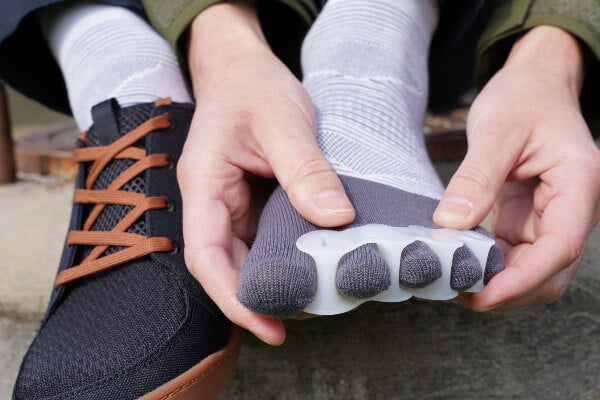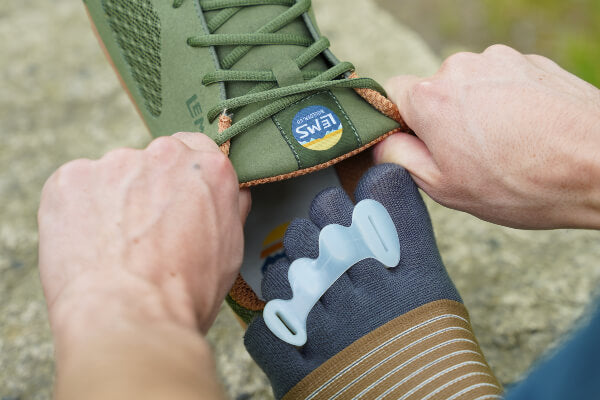Hammertoes: Conventional vs. Natural Approaches

In this video, Dr. Ray McClanahan, a sports podiatrist at Northwest Foot and Ankle and the inventor of Correct Toes, discusses the foot and toe condition called hammertoes and compares conventional podiatric treatment techniques with natural, preventive, and conservatives techniques. A hammertoe is an upward shifting of the first toe bone, and this shifting, notes Dr. Ray, is caused by two common design features in conventional shoes:... Read more












